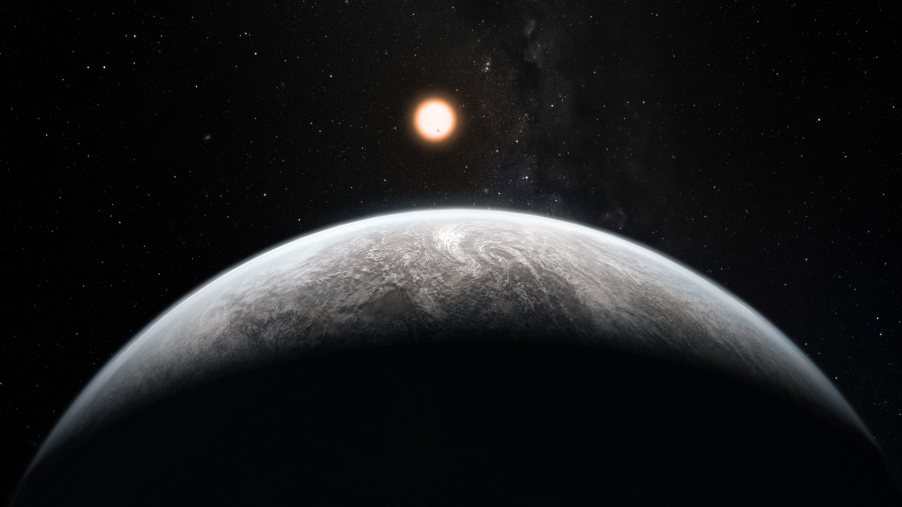

View Graphic Confirmation of first potentially habitable earth-size planet But the outermost planet soaks in just enough energy for surface water to stay liquid. Four of the planets venture extremely close to the star, making them too hot for liquid water - and therefore, life as we know it. The star, called Kepler-186, is a relatively cool red dwarf about half the size of our sun. Using data gathered by NASA’s Kepler space-based telescope, the team of astronomers discovered a group of five planets orbiting a star 500 light-years from Earth. “The basic assumption is that you need to have a rocky surface to stand on and liquid water for life to use.” “We don’t fully understand what makes a planet habitable, so we look for what we know,” said theoretical astrophysicist Brad Hansen of UCLA, who was not involved in the finding. And because it gets the right amount of stellar radiation, Kepler-186f is able to support liquid water, as opposed to ice or vapor. Being close to Earth’s size increases the chances that the planet has a rocky, rather than gaseous, surface. Researchers say the planet may meet what they believe are two basic requirements for life. The planet, called Kepler-186f, is the first Earth-size sphere outside our solar system with an orbit around its star that is in the “Goldilocks zone” - the habitable range that is neither too hot nor too cold. The hunt for Earth’s alien twin reached a new milestone with the discovery of a faraway planet that’s similar in size to our globe and has the right temperature to potentially support liquid water - and possibly life.


 0 kommentar(er)
0 kommentar(er)
